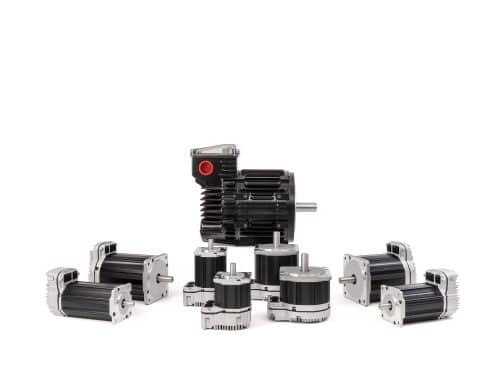Teknic received a patent for a “method and apparatus to dissipate recovered energy from a mechanical load when connected to a motor during braking”. This feature, called Vector Regen Shunt (VRS), has been added to all of Teknic’s ClearPath servos. VRS helps to simplify servo systems by eliminating the need for external regenerative circuits and shunts thereby reducing costs, space requirements, wiring and system complexity.

Watt is “Servo Regen Energy”?
- In motion control systems, motors often perform a periodic braking function where kinetic energy is transferred from a load to a motor.
- Regenerative energy can occur when decelerating connected loads, lowering connected loads (e.g., an elevator), retracting a load away from a compressed spring, etc.
- Regen energy is returned to the electronic motor inverter circuitry and then efficiently transferred to a DC voltage bus within the motor drive circuit.
- In applications that are powered by an AC line (alternating current) the regenerated energy is typically returned to a capacitor bank.
- Capacitors have energy storage limitations, which means that machine designers either have to reduce the amount of kinetic energy produced or handle excess regen energy elsewhere.
- Traditionally, the most common way of handling excess regen energy is to direct the energy into a resistive load and convert the energy to waste heat. However, this adds complexity and additional cost to a system.
“Watt” does Teknic’s patented VRS function do to handle Regen Energy?
- When enabled, Teknic’s patented VRS feature will seamlessly dissipate regenerative energy using the motor’s windings to manage this excess energy.
- Enabling Teknic’s patented VRS function is as easy as clicking a checkbox.
- In many systems, the VRS allows Teknic’s ClearPath integrated servo motor to be used without any external regen components which reduces system cost, wiring and complexity.






